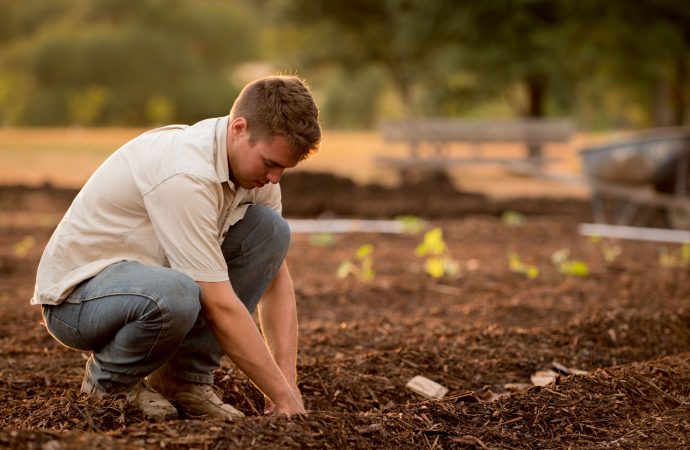Introduction: In an era marked by increasing urbanization and disconnection from nature, community gardens have emerged as powerful tools for bringing people together, fostering sustainable living, and revitalizing neighborhoods. These vibrant spaces not only provide a haven for nurturing plants but also cultivate relationships, promote physical and mental well-being, and empower individuals with newfound skills
Introduction: In an era marked by increasing urbanization and disconnection from nature, community gardens have emerged as powerful tools for bringing people together, fostering sustainable living, and revitalizing neighborhoods. These vibrant spaces not only provide a haven for nurturing plants but also cultivate relationships, promote physical and mental well-being, and empower individuals with newfound skills and knowledge. This article explores the transformative potential of community gardens and their impact on individuals, communities, and the environment.
Section 1: Reconnecting with Nature Community gardens offer urban dwellers the opportunity to reconnect with nature in the midst of concrete jungles. By transforming vacant lots and neglected spaces into green oases, these gardens provide a sanctuary for people to escape the hustle and bustle of city life. Surrounded by flourishing plants and the hum of wildlife, individuals can find solace, reduce stress, and experience the therapeutic benefits of nature.
Section 2: Cultivating Relationships and Building Communities Community gardens act as catalysts for social connections, bridging the gaps between diverse groups of people. These spaces foster a sense of belonging and encourage cooperation, as individuals from various backgrounds come together to plant, nurture, and harvest crops. Collaborative efforts in tending to the garden not only strengthen bonds but also promote cultural exchange, understanding, and the sharing of knowledge.
Section 3: Food Security and Sustainable Living In an age when food insecurity and environmental concerns are pressing issues, community gardens offer a tangible solution. By growing their own produce, gardeners can take control of their food sources, reducing reliance on industrial agriculture and accessing fresh, organic food. Moreover, community gardens often employ sustainable practices such as composting, rainwater harvesting, and organic pest control, contributing to a greener and more resilient environment.
Section 4: Empowering Individuals Community gardens empower individuals by providing them with opportunities for personal growth and skill development. Novice gardeners can acquire valuable knowledge from experienced members, learning about soil health, plant biology, and sustainable gardening techniques. Furthermore, tending to a garden fosters a sense of ownership, self-sufficiency, and accomplishment, bolstering confidence and nurturing a lifelong passion for environmental stewardship.
Section 5: Case Study: [Include a real-life example or interview] To illustrate the impact of community gardens, this section will delve into a specific case study or feature an interview with a community gardener or organizer. Explore their experiences, motivations, and the positive changes they have witnessed within their community due to the presence of a community garden.
Conclusion: Community gardens serve as transformative spaces that go beyond their physical boundaries. They bring people together, create a sense of place, and foster sustainable living practices. By nurturing plants, relationships, and personal growth, these gardens hold the potential to revitalize communities and empower individuals, paving the way for a greener, more connected future.
Note: When writing your article, remember to adhere to journalistic ethics, cite credible sources, and ensure accurate reporting. Verify information through multiple sources and conduct interviews when necessary to provide a well-rounded perspective.

















Leave a Comment
Your email address will not be published. Required fields are marked with *